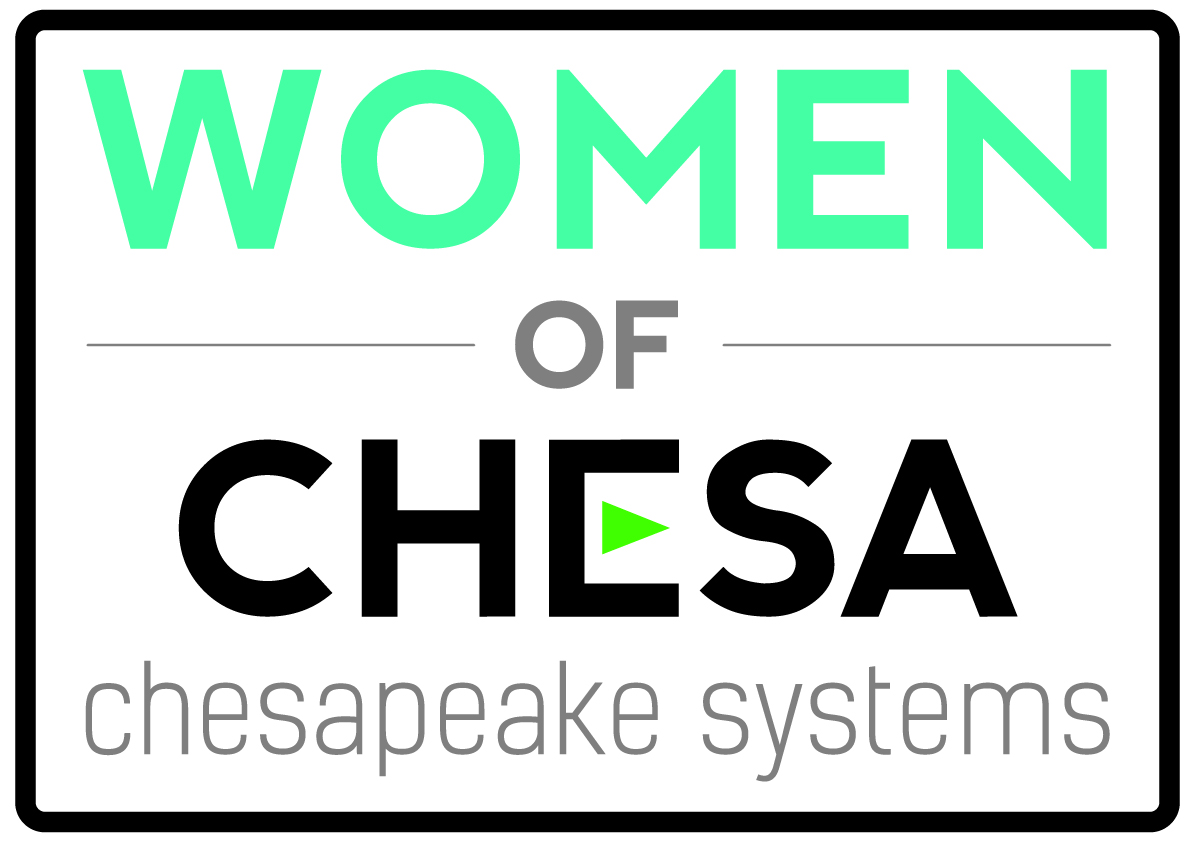Monday Morning Quarterback Sports Video Survey – The Future Looks Bright
They say hindsight is 2020. As I reflect on the past year and our world of sports, I won’t soon forget the cancellation of games, the job/family/community bubbles we created, and of course how we watched sports. As fans, we generally only think about the play on the fields or courts. We should also remember all of the men and women at the venues who tell the stories, with amazing graphics and videos, that get us excited. What happened to them during the pandemic?
I had a lot of questions. Like, how did they navigate these new waters we all found ourselves in? And, what do future post-pandemic environments look like, to thrive in their job? So, I called friends in the team and venue space to discuss what they learned from the challenges of working through COVID 2020 shutdowns and working in a bubble.
Sports Teams During Covid-19
Overall what I learned from these discussions is that most teams were not ready for any kind of work from home scenario. A handful of teams had been working with a Media Asset Management system, but not necessarily in the cloud, and certainly not as a remote solution. Others had nothing prepared for a work from home (WFH) scenario and relied completely on their IT departments. Unfortunately, most of these IT departments were also not suited to sustain a WFH media production environment. Needless to say, most of us were caught off guard by the rapid changes that were needed to adapt to our new “normal”.
So, how did these teams continue to deliver? A lot of creative thinking, intelligent workarounds, and perhaps some unapproved, but socially distanced hard drive exchanges. Many decided to use Teamview or remote desktop because they were already on those systems. Others went distinctly old school and used the public internet to exchange files through dropbox, Google Drive, or One Drive. Not efficient…but cheap. Hey, it was an emergency.
I spoke to a few teams who luckily had both centralized storage and a MAM system that they turned into their own private “cloud” systems which allowed them to continue working effectively at home. They could access their systems through either a VPN or RGS login that allowed them to have full access to their entire catalog of assets, NLE, storage, and music. By utilizing their private cloud they didn’t have to worry about ingress or egress fee charges via a public cloud partner.
Fan Engagement More Important Than Ever
Even though sports wasn’t happening, teams did have to keep their social media, marketing, and community engagement going. The fans, man! But with no one in the office, it made it much more difficult for those without a MAM system in place to find the assets they needed to get that fan base the fix they needed. It was even worse for those who did not have a centralized storage system in place. Their only option was to SLACK their co-workers with questions of “who has the blah, blah, blah shot?” I don’t wish that pain on anyone.
The overwhelming feedback I heard from the teams I spoke with was how much their IT departments were essential to them getting their work done. Something I’m sure IT has been trying to tell them for years. Whether it was to access the corporate network remotely, set up the Teamviewer credentials, or simply troubleshoot connectivity issues, the media department and IT teams found themselves collaborating in new ways throughout 2020.
When I questioned how working from home affects the creative process, the overwhelming response was -“it sucked”! There was no more walking next door to ask someone to take a quick look at a timeline for instant feedback, or bouncing ideas off each other in a weekly creative session. The in-person camaraderie they had with their colleagues had been snatched away, and programs like Teams, Zoom, or Google Hangouts became the norm. More than a few found the process less than productive and missed the interaction of in-person meetings. Incredibly, this didn’t stop these creatives from turning out unbelievable pieces of content that normally would be showing in stadiums or arenas on massive video boards and now had to be focused on their Facebook, Instagram, and Twitter accounts. Big shout out to team storytellers.
The Future…
So, what does a Post Pandemic workflow look like for some of our favorite sports teams moving forward? To be honest, the plan is different for each team as has always been the case. Some are planning to bring everyone from the team’s facilities back, in person, to work as soon as possible. Others are going to implement a more flexible environment where WFH still exists, allowing for more work-life balance.
How were these teams impacted financially due to COVID? Budgets are always tough in sports media production and 2020 brought some new challenges to the table. I asked each team how they handled budgeting during the pandemic. Every single one said that their upper management was amazing and asked what they needed to help get the job done. Keep in mind, no one knew how long this would last so no team completely overhauled their environments. Many pushed off upgrades or planned projects due to state and local restrictions of allowing anyone into the facilities. Most expect to make do with current systems through the upcoming 2021 seasons in hopes that 2022 may bring new technology solutions.
All agreed that not only have they learned a lot personally, but they also learned a lot professionally. 95% of the teams I spoke to are now looking at a longer-term solution for a better remote working environment, either through a managed service via their IT department or an outside vendor who can take on the day-to-day support of such systems, allowing them to focus on being creative and telling us the story. And we do love the story, don’t we?
None of us can wait for our favorite sport to start playing again. The folks who make sure us FANS enjoy our time at their venues cannot wait either. So the next time you go to a game and watch one of those funny videos or amazing player intros, remember the people behind the production. They figured out creative ways for us to stay engaged with our teams and our communities. They helped us forget, just for a few minutes, that we were all stuck at home during the darkest days of 2020, and allowed us to have a bit of good ole sports entertainment.
About the Author:
Doug Price is an award-winning video editor and sales professional. He has spent over 25+ years in the media industry with a focus on sports creative content and media departments. Doug has worked directly with sports teams, leagues, venues, and broadcasters across North America to help develop media production efficiency through technology solutions for the past 10 years.

















